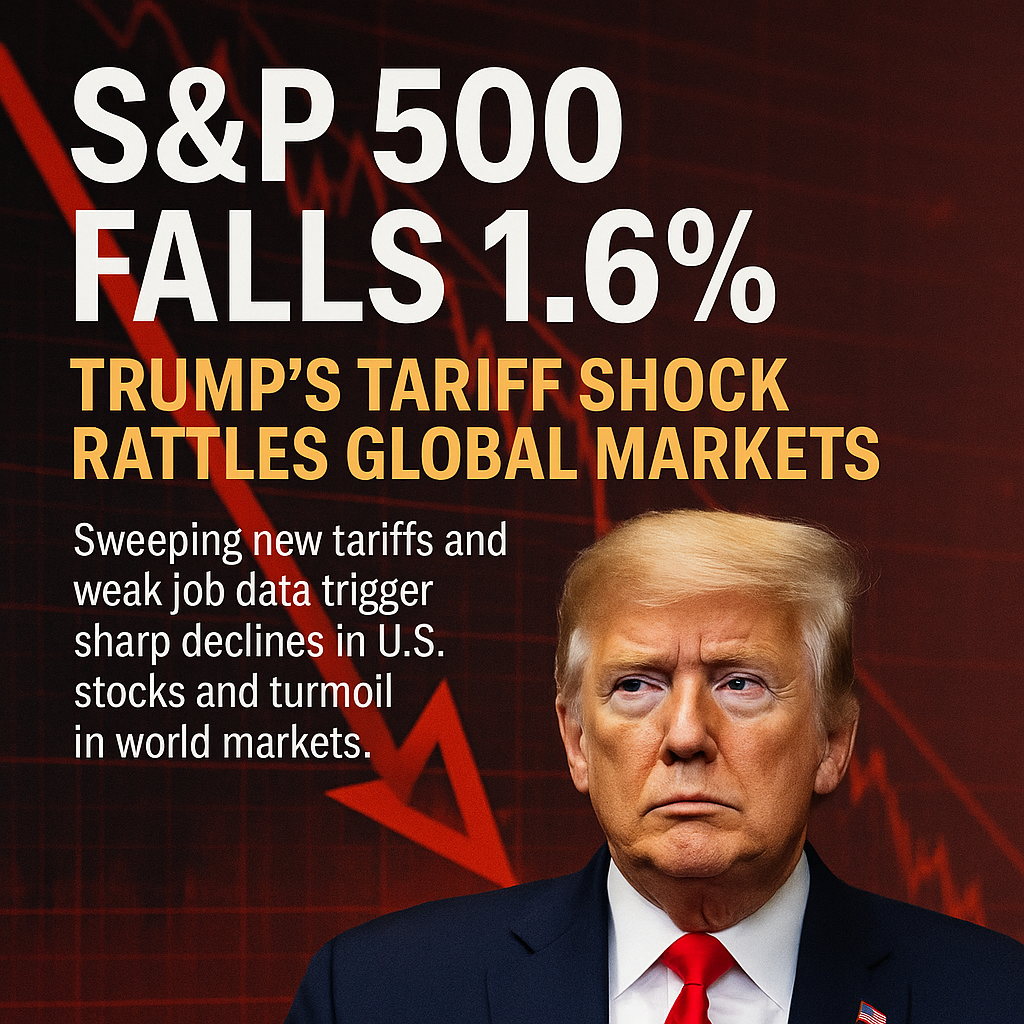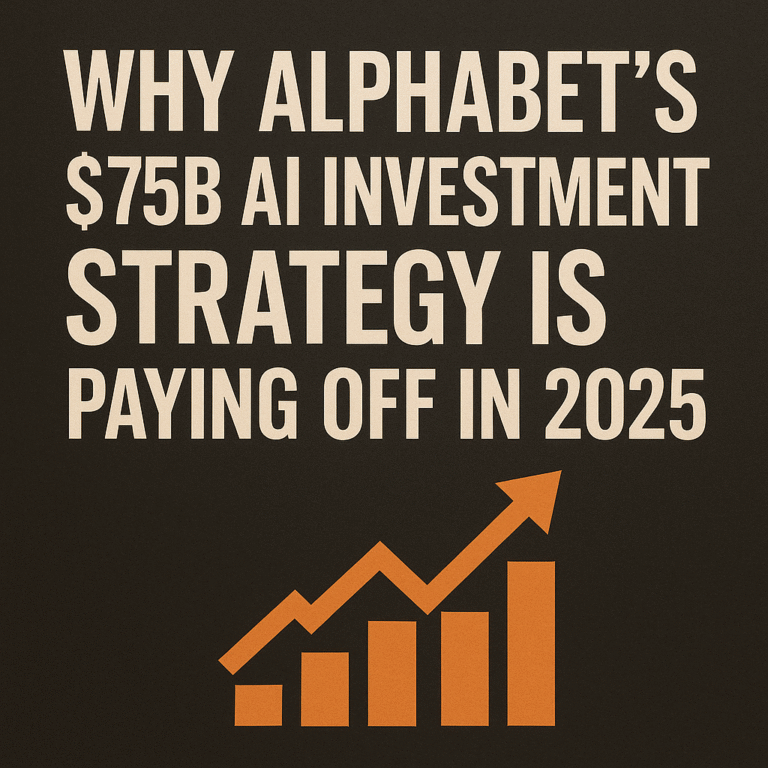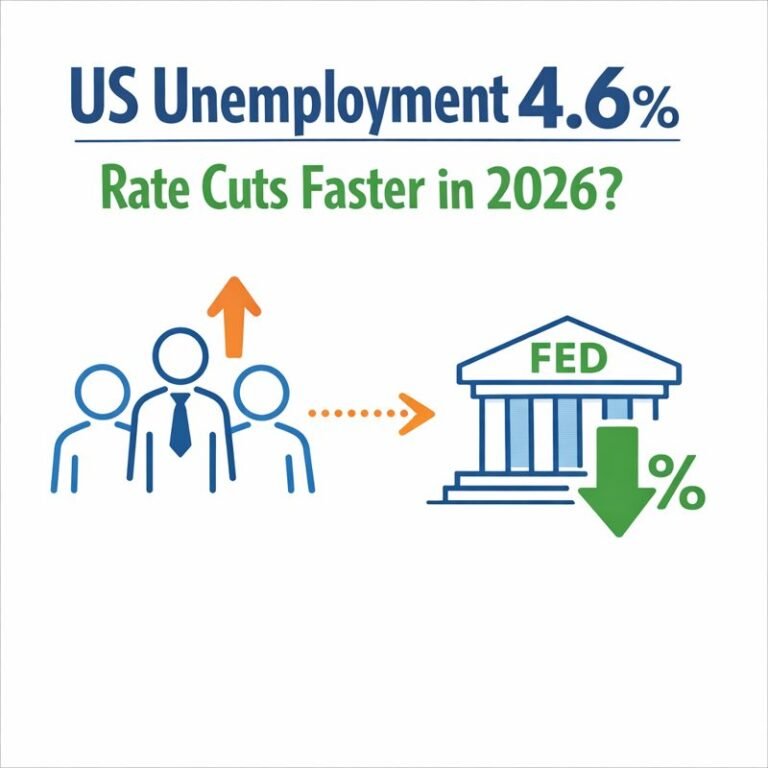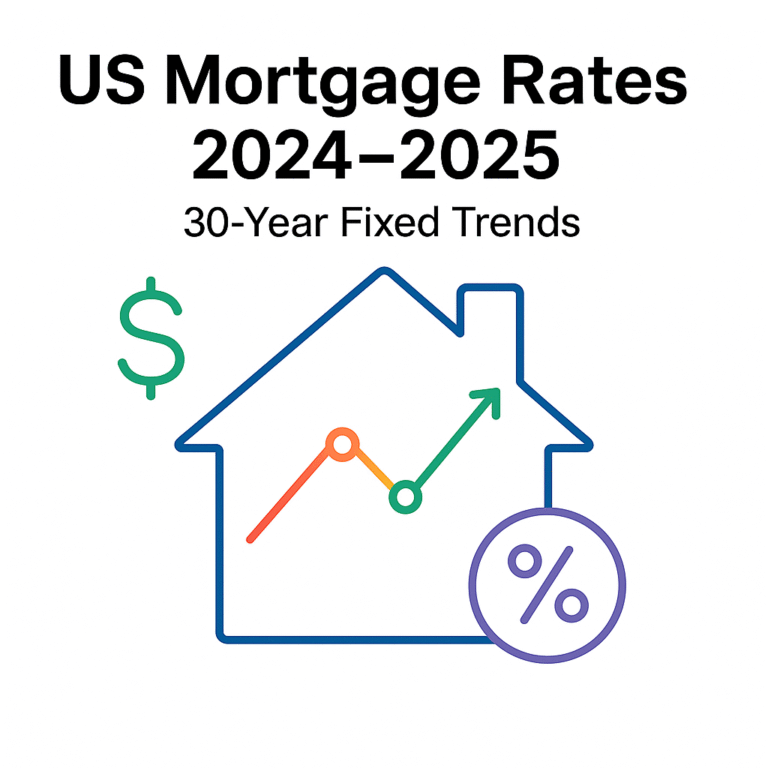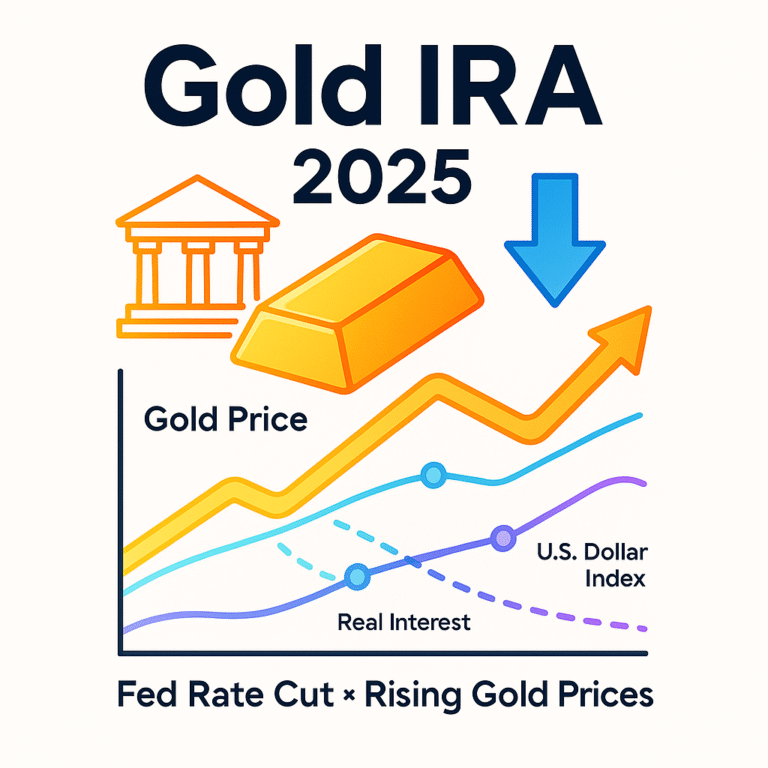S&P 500 Falls 1.6%: Trump’s Tariff Shock Rattles Global Markets
President Trump’s new reciprocal tariffs and weak job data sent U.S. stocks tumbling. We break down the key drivers and what investors should watch next.
Key Takeaways
Market Meltdown: Two Blows in One Day
Wall Street had one of its sharpest sell-offs in months.
On August 1, 2025, U.S. stocks plummeted as two major shocks hit investors simultaneously:
President Trump announced sweeping new tariffs on 66 countries, and July’s jobs report badly missed expectations.
The S&P 500 dropped 1.6% to close at 6,238.01.
Tech-heavy Nasdaq and blue-chip Dow also fell sharply, raising alarm across global markets.
This was not just another volatile day—it marked a turning point in U.S. trade policy and economic outlook.
Trump’s Reciprocal Tariffs: 66 Countries Targeted in Trade Shakeup
President Trump signed a new executive order imposing “reciprocal tariffs” on 66 nations running trade surpluses with the U.S.
Major targets include China, Germany, Mexico, Vietnam, South Korea, and Canada.
Tariffs range from 10% to as high as 41% on select imports.
The administration says the move is aimed at restoring “fair trade,” but global supply chains are now on edge.
📌 Effective Date: August 7, 2025
Some countries may receive a 90-day grace period
Unlike previous measures, this is not a negotiation tactic—it’s a full-scale protectionist shift under the “Liberation Day” framework.
S&P, Nasdaq, and Dow Dive: Markets React Instantly
Markets wasted no time in pricing in the risks.
Tech giants were hit hardest.
Apple, Tesla, and Amazon all dropped sharply.
Amazon plunged 3.4%, erasing nearly $200 billion in market cap amid concerns over AWS growth and trade costs.
July Jobs Miss: Only 73,000 New Jobs Added
The Labor Department reported just 73,000 new jobs in July, far short of the 180,000 forecast.
Even more troubling, job gains for May and June were revised downward by a combined 258,000.
This wasn’t just a disappointing number—it signaled real weakness in the labor market.
Investors are now questioning the strength of the U.S. recovery.
Despite growing hopes for Fed rate cuts, economic uncertainty is pushing capital toward safer assets like gold and Treasury bonds.
Tariffs May Reshape Growth and Supply Chains
Top analysts warn this is more than a short-term dip.
The new tariff regime could squeeze corporate margins and stall investment.
Markets may need to reprice growth expectations entirely.
Global Domino Effect: Asia and Europe Feel the Shockwaves
The ripple effect was swift and widespread.
Currency markets saw a strong dollar as investors fled risk.
Commodity prices, including oil and copper, dropped as concerns over global demand intensified.
The message was clear: Trump’s tariffs have gone global—and so has the fear.
Tariff Clock Ticks, Election Looms
Here are the key dates and dynamics investors are watching:
Trade policy is now a dominant market force—and one that won’t go away anytime soon.

